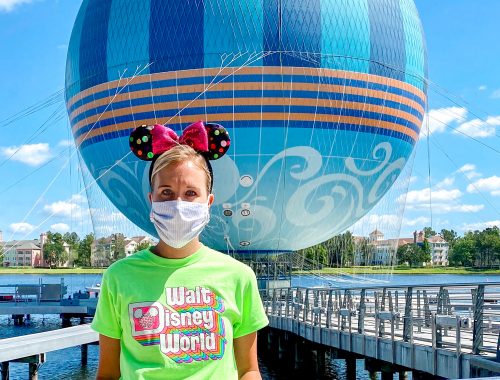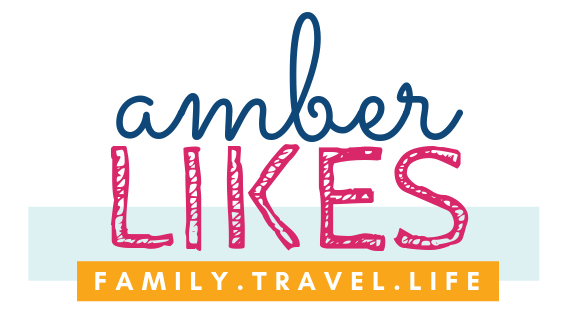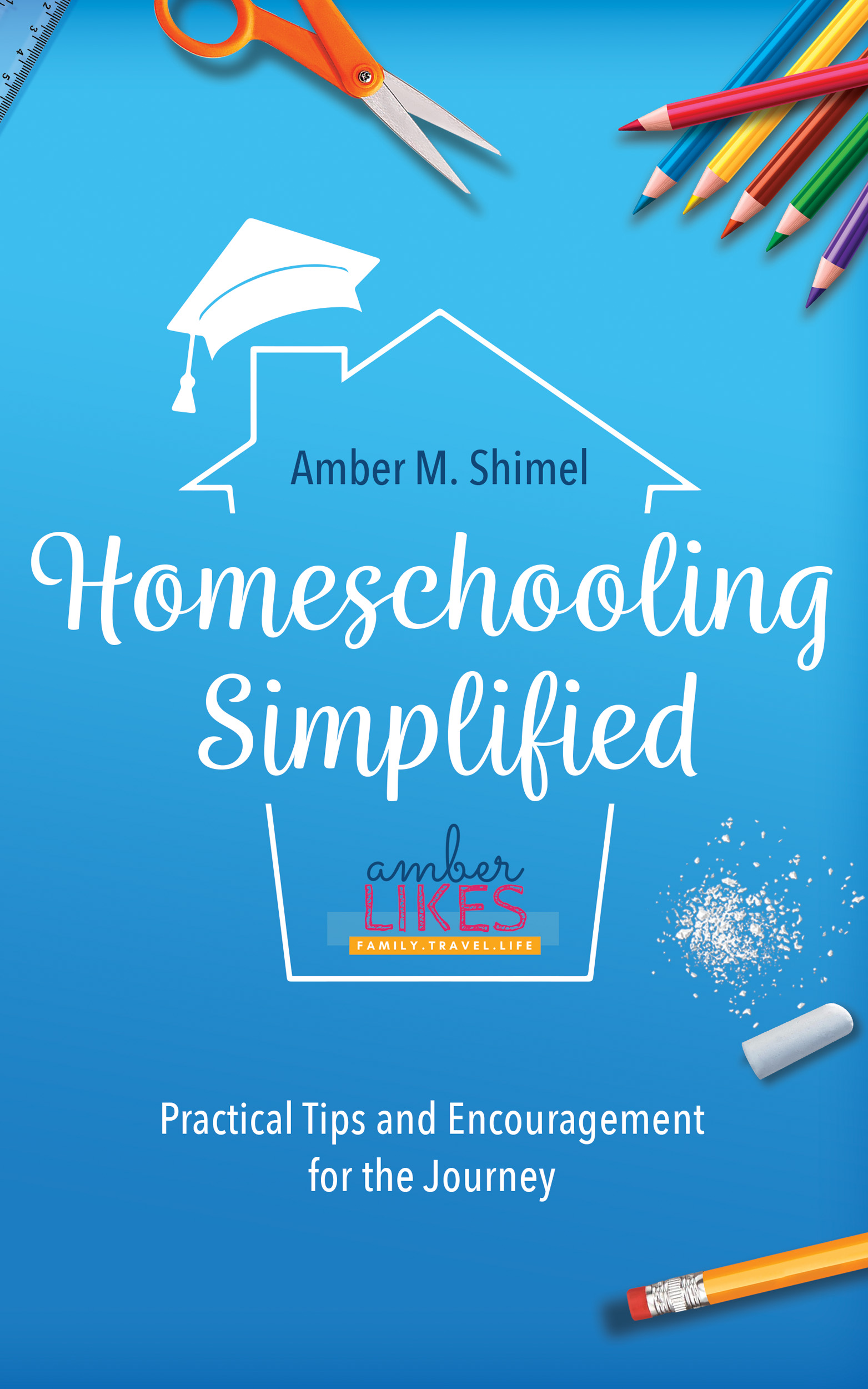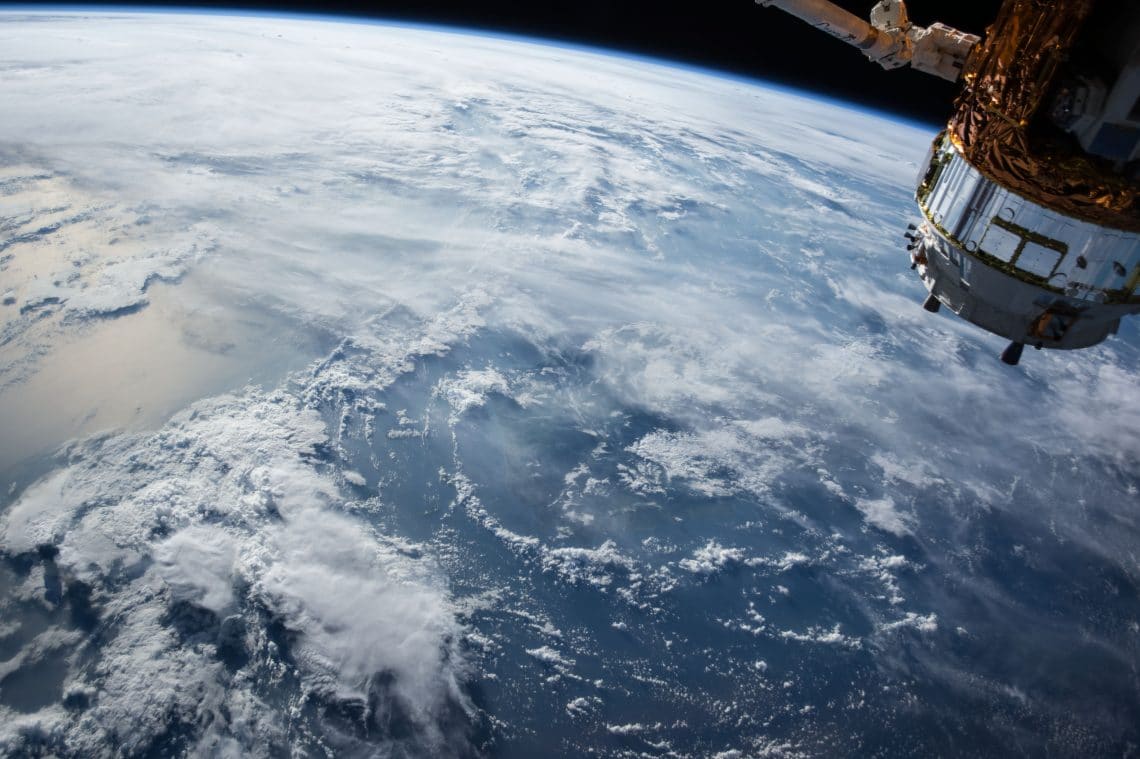
NASA News: How Your Family Can Learn the Latest
As I’ve been sharing my journey with NASA, I’ve been surprised by some things! I’ve realized that many of you weren’t even aware that launches were still happening. When you don’t live in Central Florida, it can be easy to be out of the loop with the latest NASA news. And even thought I do live in Central Florida, and can watch rocket launches from my backyard, sometimes I’m unsure of where to find the latest NASA news! So I’m doing a roundup of how you and your family can stay up to date on what’s happening in space.
NASA News from NASA.gov
The NASA.gov website is full of the latest news from the source itself. There’s so much information on this website, you could spend hours and hours on there! There are links to all of the NASA social media channels, their blogs, and resources on every mission. There are galleries of photos and videos that are simply amazing. You can also download free resources and more.
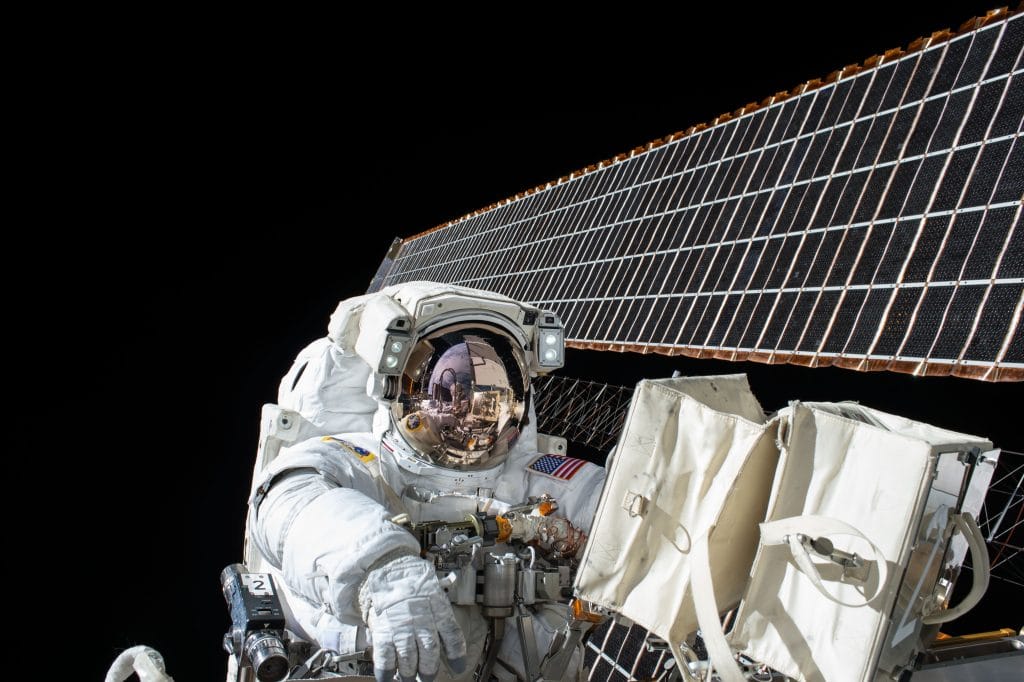
For Students and Educators
For educators and students, there’s a dedicated section of the website just for these audiences. You can find information divided by age groups and topics. There’s even information on the latest contests, internships, and challenges. There’s even free printables like the Artemis Moon workbook for ages 5-12!
You may also like this NASA’s Search and Rescue Coloring Book! There’s so many resources to download, all for FREE. Not enough parents know about these NASA news resources for families.
You can even find really basic information, which is helpful even for me! No matter how much I’ve learned about NASA and visited in person, and even been invited to view launches, this basic information is still helpful. Check out this summary from the NASA website:
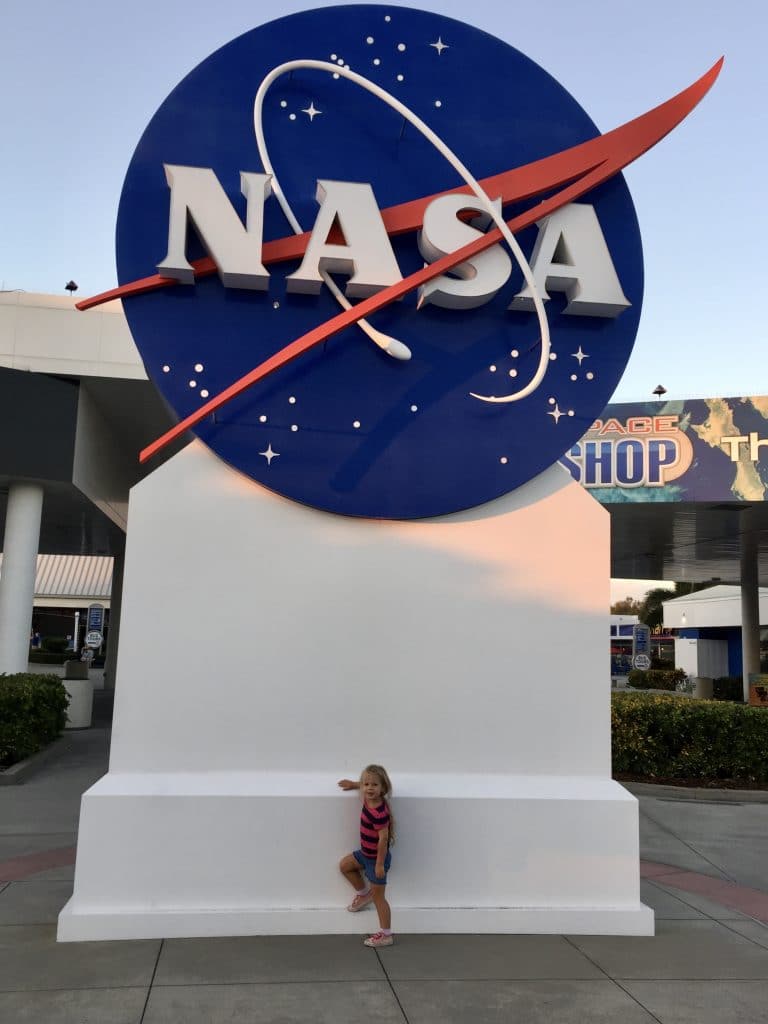
What is NASA?
NASA stands for National Aeronautics and Space Administration. It started on October 1, 1958, as a part of the United States government. NASA is in charge of U.S. science and technology that has to do with airplanes or space.
What Does NASA Do?
NASA does a lot of different things. NASA makes satellites. The satellites help scientists learn more about Earth. NASA sends probes into space. NASA scientists study things in the solar system and even farther away. A new program will send humans to explore the Moon and, one day, Mars. NASA also shares what they learn with others. People who do not work at NASA can use NASA ideas to make new inventions. These new inventions can help make life on Earth better.
Do you like science, math and learning new things? Would you like to be an adventurer? Would you like to plan future missions to other planets and outer space? People at NASA work hard to share news about NASA’s missions with teachers. Then, teachers can use NASA lessons to teach their students about science, technology, engineering and math.
Where Is NASA?
NASA Headquarters is in Washington, D.C. There are 10 NASA centers across the United States. There are also seven smaller NASA work places where they test and study Earth and space. Thousands of people work for NASA! Being an astronaut is probably the best-known job at NASA, but astronauts make up just a small part of the workforce. A lot of engineers and scientists work at NASA. People are doing other jobs, too, like secretaries, writers, lawyers and even teachers.
NASA News on Social
Did you know that space is huge on Twitter? To be honest, I’m not super active on Twitter. We all have our favorite social media platforms. For me, it’s definitely Instagram. But space is very active on Twitter! If you follow along with certain hashtags, you can easily stay up to date on the latest NASA news. Also, the NASA social media channels like NASA on Twitter are a great source for the latest information on space and technology news.
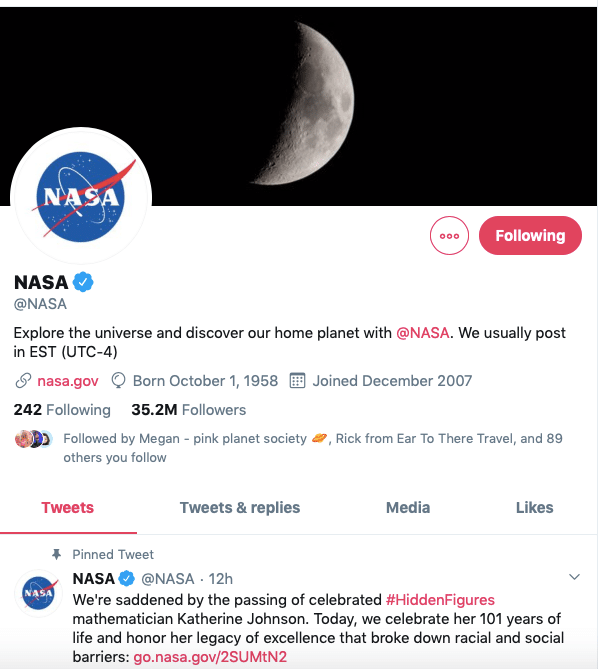
There’s also several other NASA social media channels like @nasakennedy on Instagram. You can find a social media channel for nearly every special topic or location for NASA. The NASA Hubble Space Telescope Instagram channel has over 2.6 million follows and posts beautiful images from space.
There’s also YouTube channels for many NASA organizations and topics. One of our favorites is the NASA STEM YouTube page. You can find information that’s perfect for your children and your whole family. NASA news can be overwhelming. So having it conveyed into manageable videos is very helpful!
Visit the Kennedy Space Center
How can your family learn about NASA? There’s no better way than going to your local visitor’s center! For us, it’s the Kennedy Space Center. I’ve shared several times about the many ways in which a visit to the Kennedy Space Center is a great choice for your family.
For example, you can meet an astronaut at Kennedy Space Center! There are almost daily meet and greets with an astronaut where you can get something signed and take a picture. This is included with your admission. You can also take it even a step further and have lunch with an astronaut. There’s many different ways to learn about NASA at Kennedy Space Center.
There’s also several amazing behind the scenes tours like the Early Space Tour. We did this tour a few months ago, and were incredibly impressed. On this tour, you get to press the exact button that launched the Alan Shepard into space in 1961! It was amazing to walk where the first astronauts walked, when the space journey was just starting. There’s no better way to bring history alive than to see it in front of your face.
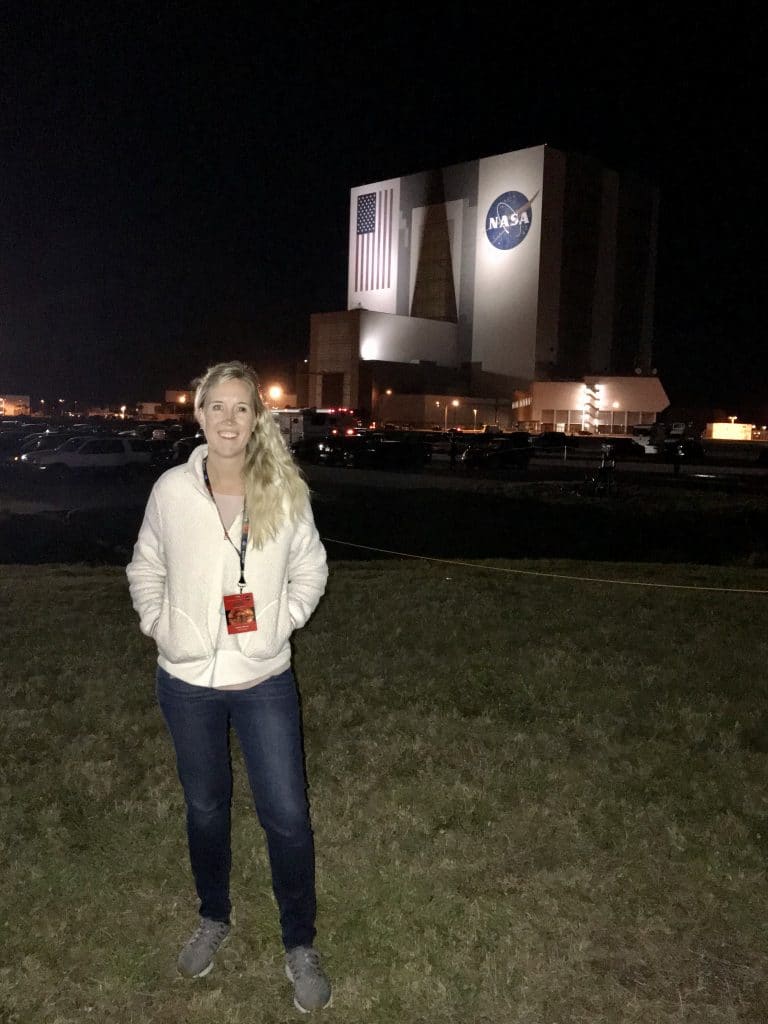
Stay Up To Date with NASA
Not everyone can watch a rocket launch from their backyard. And even though we can, we miss some! NASA is alive and well and is going back to the moon. We just sent a solar orbiter to the sun. Did you know that? It will take 2-3 years to get there and it will send back images that we’ve never seen of the sun. Have you heard of Artemis? Find this from the NASA website:
NASA is committed to landing American astronauts, including the first woman and the next man, on the Moon by 2024. Through the agency’s Artemis lunar exploration program, we will use innovative new technologies and systems to explore more of the Moon than ever before. We will collaborate with our commercial and international partners to establish sustainable missions by 2028. And then we will use what we learn on and around the Moon to take the next giant leap – sending astronauts to Mars.
I don’t know about you, but this sounds like something I don’t want to miss! If you stay up to date with the latest NASA news, you’ll be the first to know when that first woman lands on the moon!
You may also like:
You May Also Like
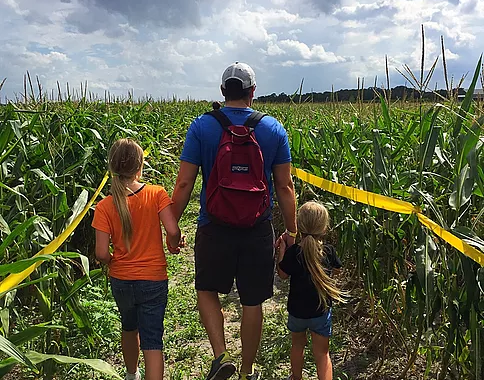
Scott’s Maze Adventure
October 12, 2017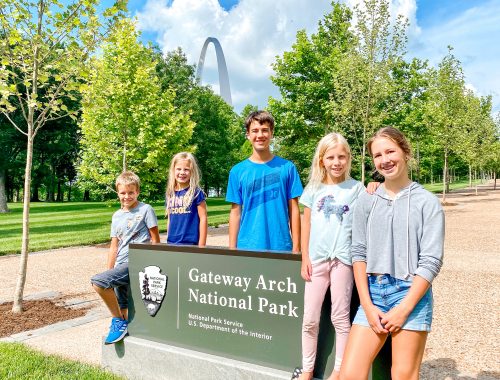
How to Have an Amazing Week in St. Louis with Kids
September 24, 2020